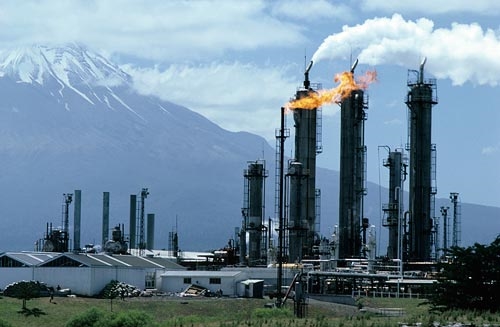While solar power systems are mostly self-controlling and self-sustaining, there are a few important things you can do to make the most out of your solar power generation.
Timing
If you want to get more out of solar, timing is everything.
It won’t come as a surprise that your solar panels will only produce electricity during the day, and will produce the most when the sun is highest in the sky, usually at noon. Make sure that you time your energy-hungry appliance use for this peak time, or at least sometime during the day, to ensure you are using your power efficiently. This could include:
- Charging your devices during the day and unplugging at night
- Switch appliances like dishwashers and dryers on at noon
- Plugging an electric vehicle in only during the day
Our pro tip is to invest in automating this process as much as possible. People are often out of the house during noon, as they are at the office. Smart apps and timers will be your friend here!
Speaking of which, if you have an energy monitoring device or app, double check to see how much energy your system is putting out at certain times of day. As mentioned, the peak is usually noon, but it isn’t always. Put that data to use and get smarter about your solar energy use.
Cleaning
Solar panels are generally self-cleaning, with rainwater being enough to wash them off on a regular basis. However, they still need a more dedicated clean every 6 to 12 months.
Dirt, mould and bird droppings reduce the amount of sunlight your panels receive - and the less sunlight they get, the less power they’ll produce.
Thankfully, it’s easy to clean your solar panels. Most of the time, all you’ll need is a garden hose and a ladder. For guidance on more thorough cleans, you can check out our dedicated guide on cleaning your panels.
While you’re up there cleaning your panels, you should take a look for any shadows or shade. You might have installed your panels without any shade hitting them, but bushes and trees have an annoying habit of growing, so check every so often and cut them back as necessary.
Maintenance
Solar power systems are very durable. The warranties for solar panels, for example, typically last for at least 25 years, and the panels themselves last for even longer than that. In fact, the panels sometimes last longer than the roofs they’re installed on!
However, peak power generation requires the correct care. Get a professional to check your panels every couple of years to ensure that they’re in good condition. A few scratches are usually fine, but deep gouges or lots of damage can severely impact how much power you generate. At that point, you can usually repair them, as the only damage will be to the glass rather than the solar cells inside.
This is also a good time to check the other parts of your solar system, such as the inverter. These don’t last quite as long as the panels, and if they’re deteriorating, it can affect your power generation.
Solar Storage
If your solar panels are generating energy and you aren’t using it, then you’re either selling it back to the grid (which isn’t an efficient way to use it), or you’re losing it entirely.
However, if you have solar storage, you can save your solar power for later use, such as at night or during periods of high demand, keeping your home or business powered on clean, green, free solar energy for longer.
Even if you already have batteries, you may want to check if you need more. The batteries sold for hybrid systems, for example, are modular, and you can easily add more if you’re maxing out your capacity.
Placement
It pays (literally) to get your solar panels installed in the correct way and in the correct place from the start.
First, there’s the placement of your panels on your roof. If you’ve worked with an experienced supplier, they will have checked over the condition of your roof and the surrounding area to a) make sure that your roof is suitable for solar and b) that you won’t have any shade covering your panels at important energy generating times.
Second, there’s the angle of the panels. As the sun passes through the sky throughout the day, the angle at which the sunlight hits your roof will change - and that changes how well your panels generate electricity. It’s important to match, as much as possible, the angle of the sun to better capture the sunlight at its peak.
The best solution to both of these problems is simple: work with an experienced installer from the start. It can be tough to change these placements once the panels are up, so it’s better to get it right the first time.
Looking for more tips on getting the most out of your solar panels? Get in touch with the ZEN Energy team today.




